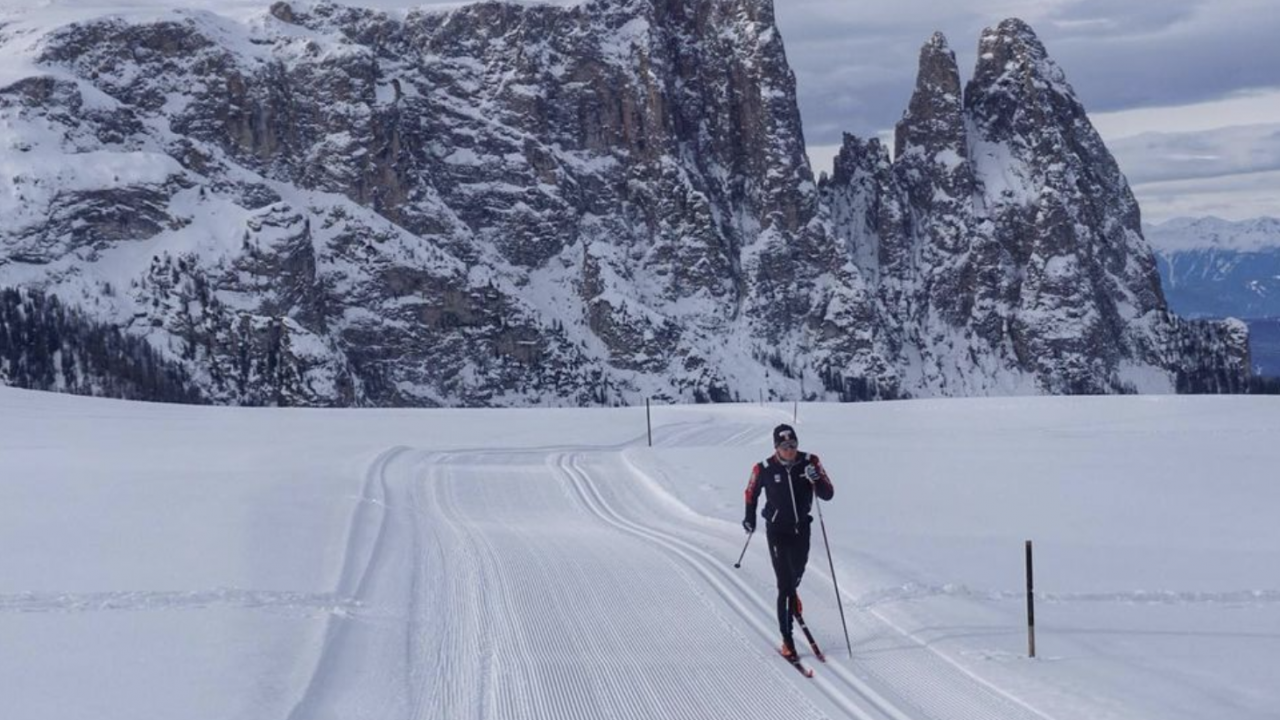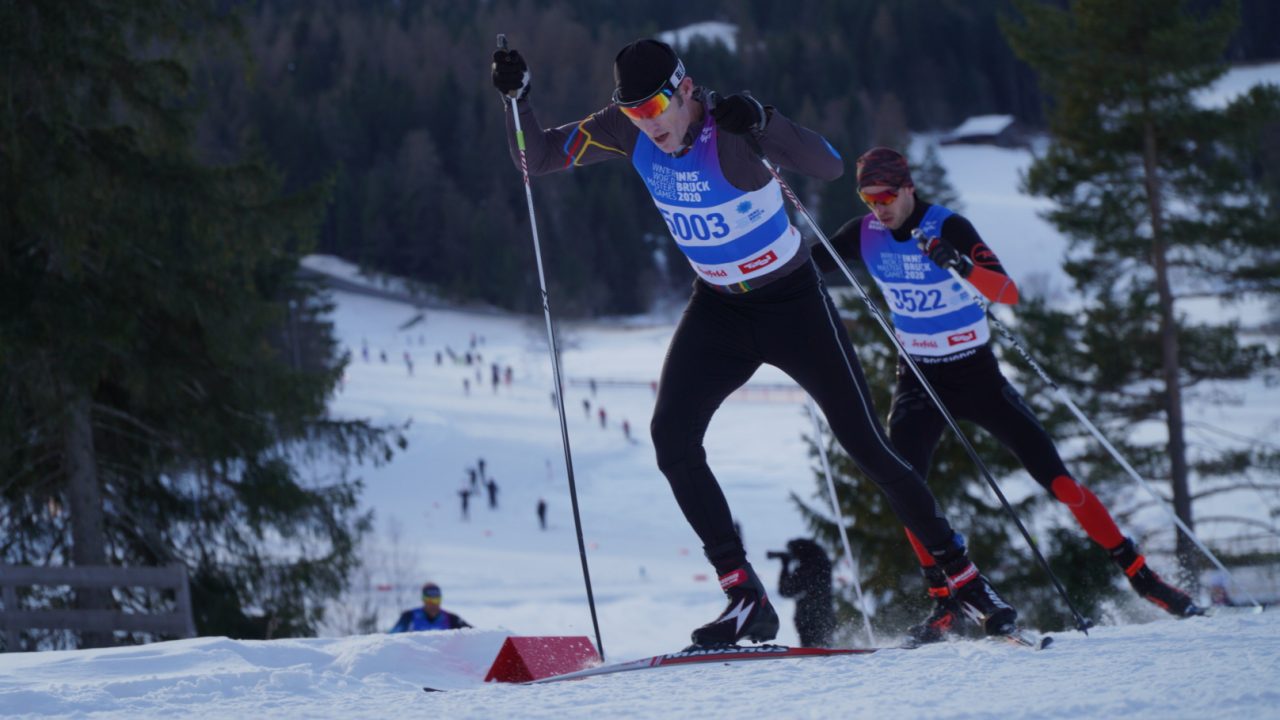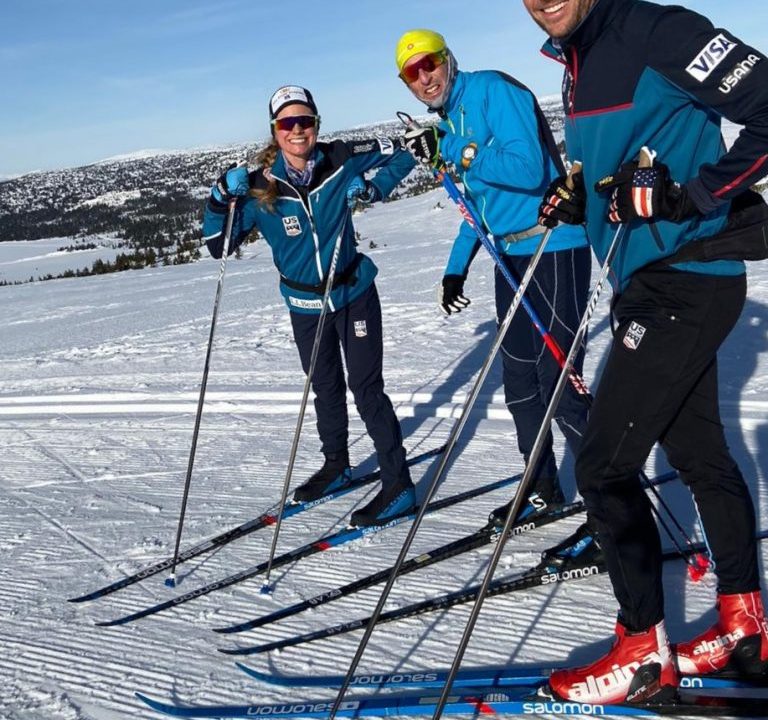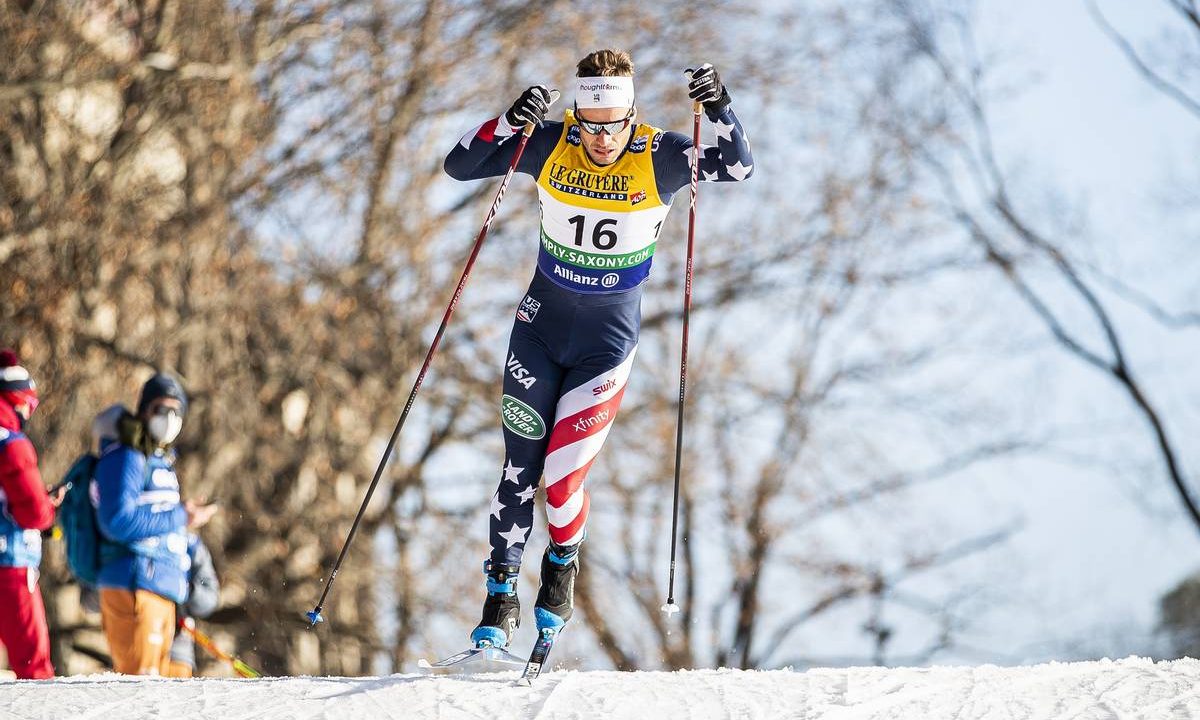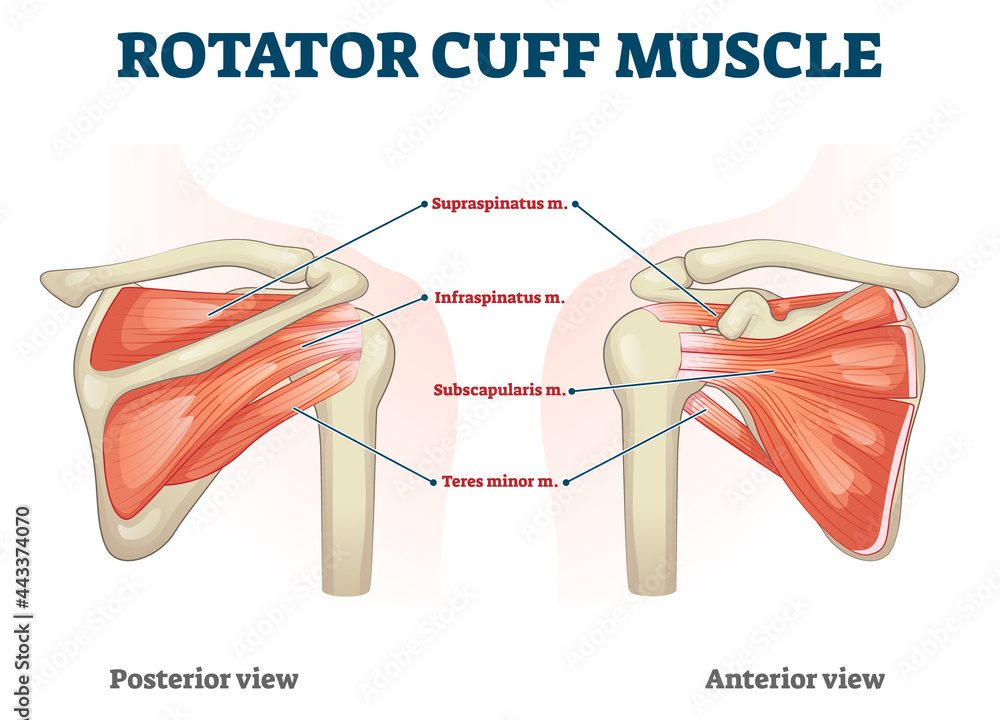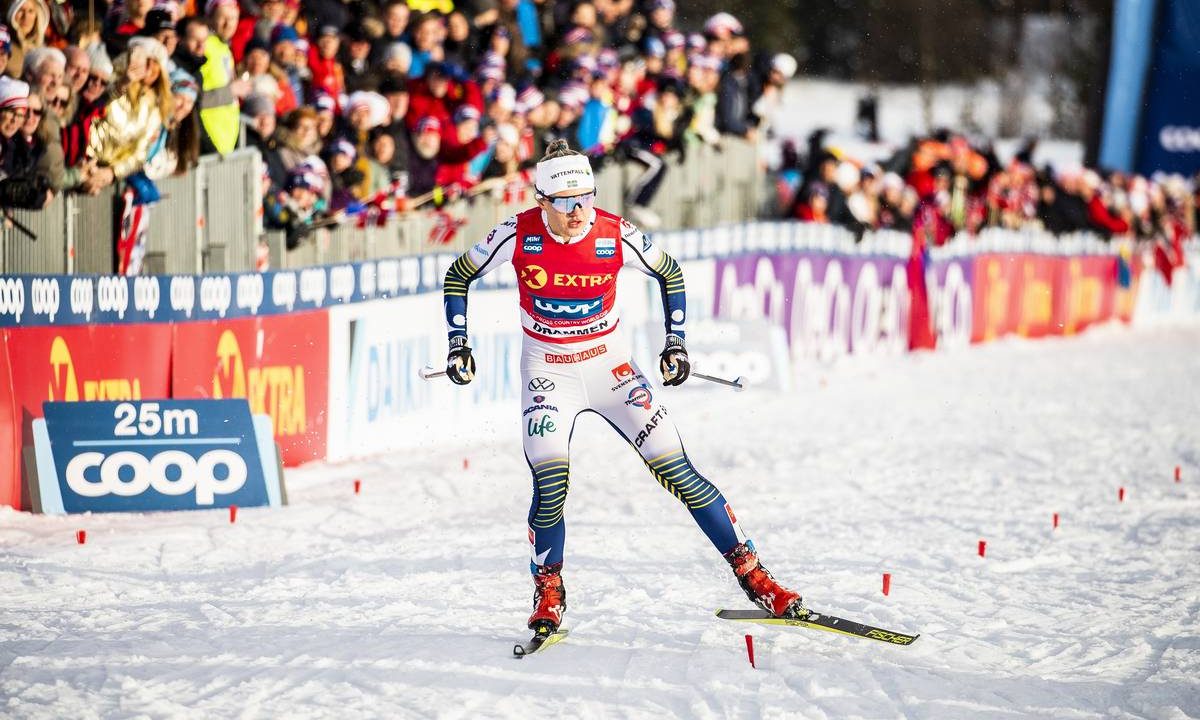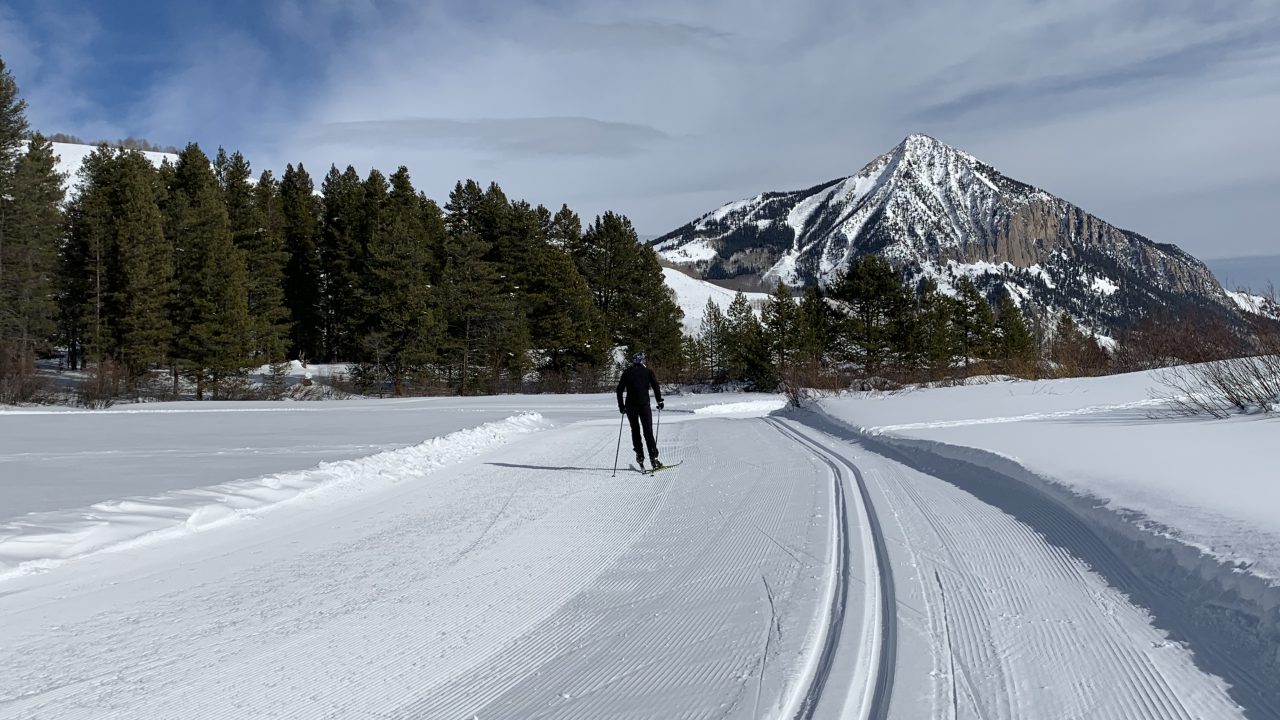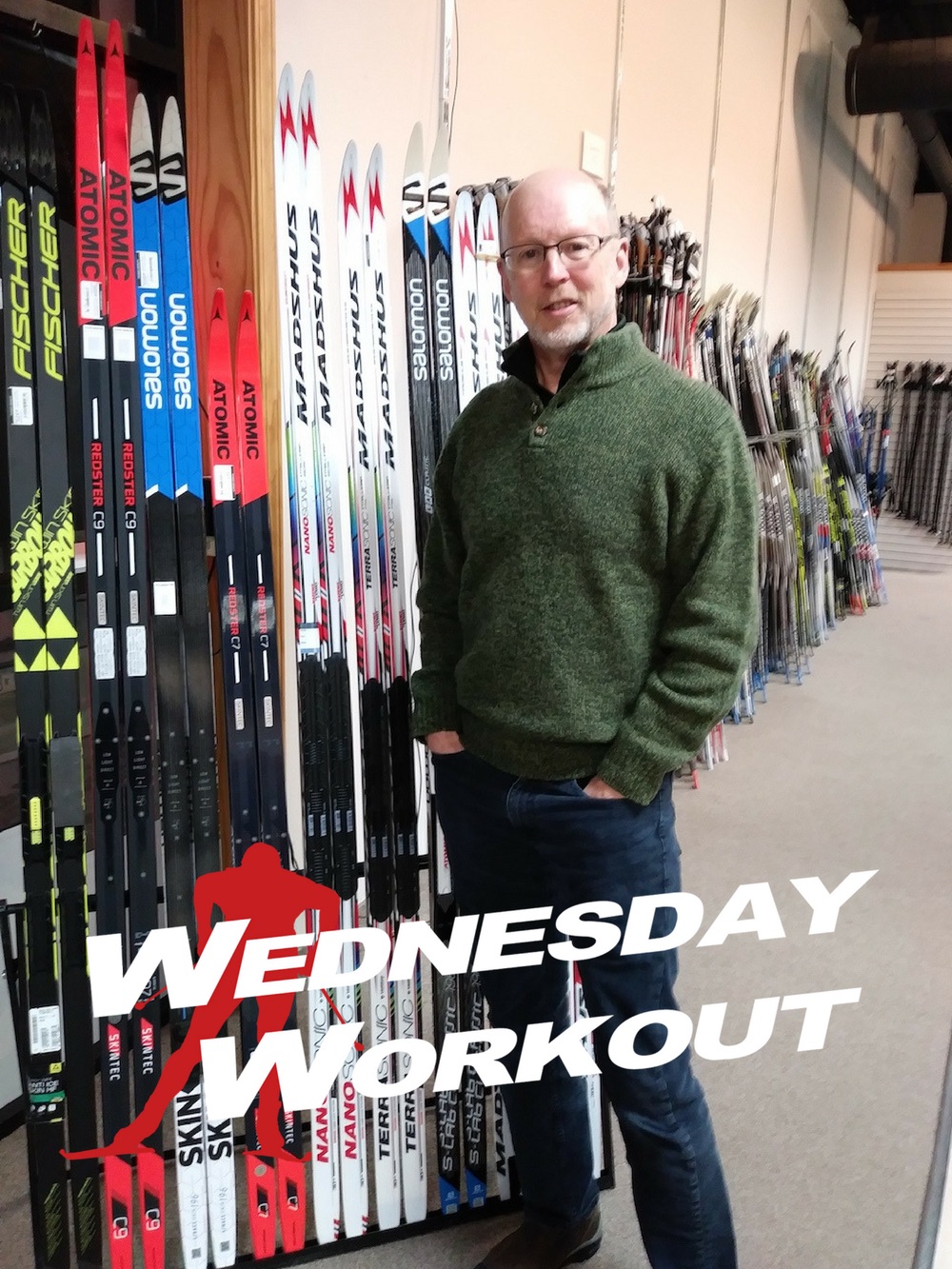I grew up playing soccer. Every practice was hard. “No pain, no gain,” and all of that. By tenth grade, I was burned out and quit. I started rock climbing. Every day at the crag was about pushing your limits. This was before indoor gyms or any concept of training other than doing as many pull ups as possible. I plateaued, got frustrated, and quit. Then I had a go at running. I read some...
HomeTag
masters training
If you look at the lines that graph long-term athletic performance – VO2 max, anaerobic threshold, maximum heart rate, 10k running speed – it can be pretty demoralizing. Even before age 30, there’s a slow and steady cant downward, and then by the mid-40s, a descent into a valley that plunges toward the abyss’s void of emptiness. Some of us choose to oppose these trendlines, wrestling with them like tentacles in a roiling sea of...
Introducing a New Series: Ask the PT
Rachel PerkinsJanuary 19, 2022
When I began skiing halfway through high school, I remember my coach telling our team that cross-country skiing was a “lifelong sport”. Now, more than a decade and a half later, I don’t have to look far to see the truth in that statement. While out for a ski on local trails, I might see a 65 year old retiree who is training for the Korteloppet, a 50 year old former bike racer who has...
Quantifying Recovery: An Intro to Heart Rate Variability by Ned Dowling, PT
Ned DowlingDecember 10, 2021
As endurance athletes, and especially as cross country skiers, we like to suffer. We enjoy a sport that takes place in the coldest months of the year and requires both strength and endurance to climb big hills and descend on skinny skis with no edges. We like to breathe hard. Most of us are in it for the suffering and the healthy dose of chemicals that our bodies release when the heart rate goes up...
Adding Power to the Push Off: Understanding the Rate of Force Development
Ned DowlingNovember 1, 2021
This article builds upon the four-part “Building a Better Skier” series, which explores how biomechanics and movement patterns affect skiing technique, and more importantly how you can apply these concepts to improve your skiing. Please feel free to email the author with any questions: ned.dowling@hsc.utah.edu. Recently, I overheard one of my Physical Therapy colleagues tell a patient, “We’ve got to get you jumping. If you want to get back to running, you’ll need to do...
Building a Better Skier Part 4: The Shoulder
Ned DowlingAugust 30, 2021
This is Part 4 of a series delving into how biomechanics and movement patterns affect skiing technique. If you haven’t already, start with the introduction, Part 1 which introduces the concept of a neutral spine posture, Part 2 which describes spine stability and mobility, and Part 3 on single limb stability. ——————————————– Upper body power is a major contributor and perhaps even a determinant of cross country skiing performance. Poling accounts for up to 60%...
Building a Better Skier is a multi-part series born from the inquisitive mind of a physical therapist and late-blooming Nordic skier. The objective is to explore how biomechanics and movement patterns affect skiing technique, and more importantly how you can apply these concepts to improve your skiing. To cover this topic thoroughly would likely require a hefty book, so apologies in advance if these articles lack depth or specificity. Please feel free to email the...
We’ve reached mid-December. With any luck, your local trail system is beginning to fill in, you’ve scraped off your storage wax, and you’ve put in at least a handful of easy days getting reacquainted with your boards. Whether or not you rollerski during the summer, skiing on snow has its own jive and it’s normal to feel a little like Bambi your first few sessions. In my experience as a coach and masters athlete, I...
Wednesday Workout: Masters Training Trips with Pioneer Midwest’s Brad Johnson
FasterSkierJanuary 17, 2018
This Saturday, Jan. 20, the

